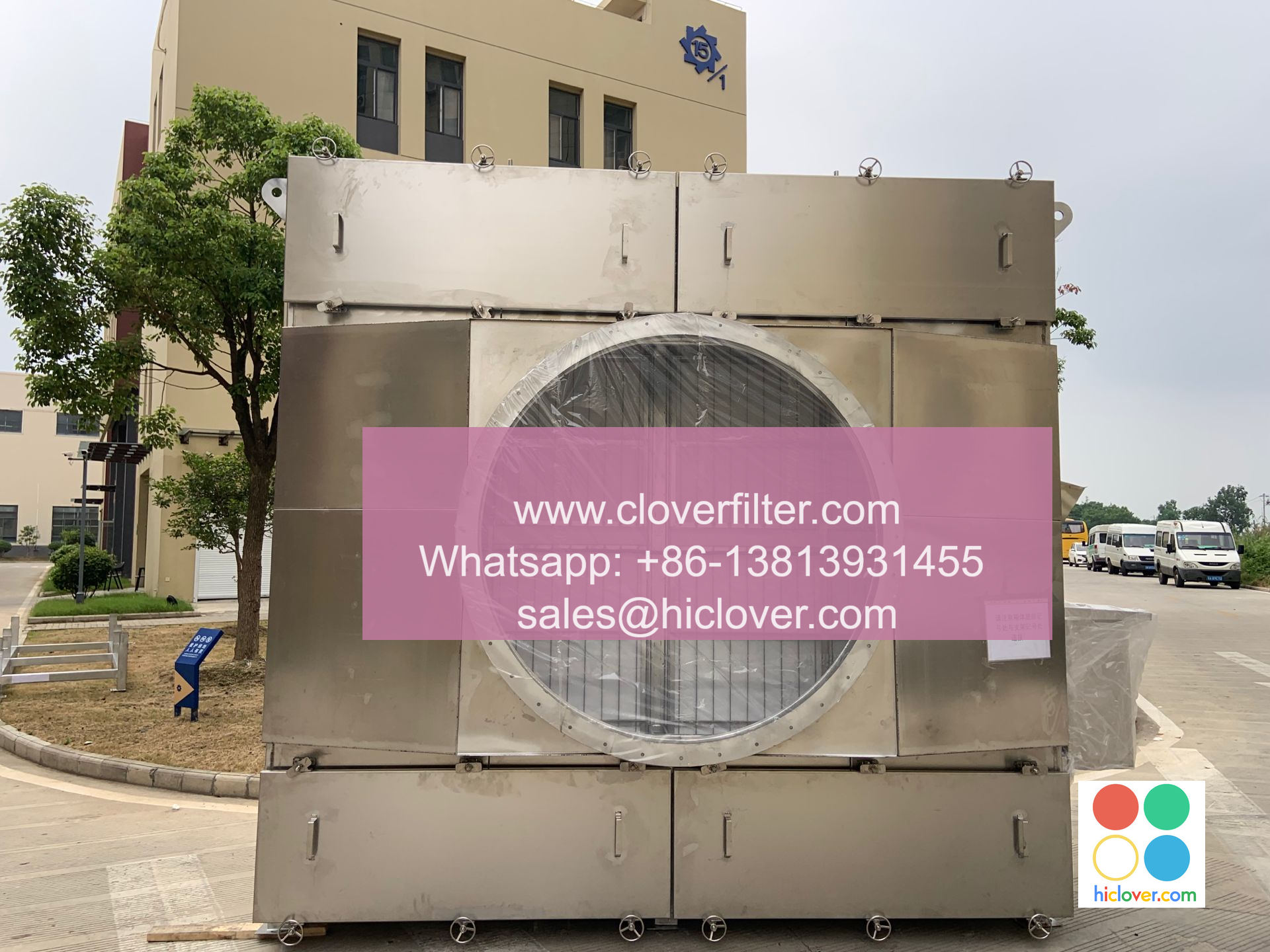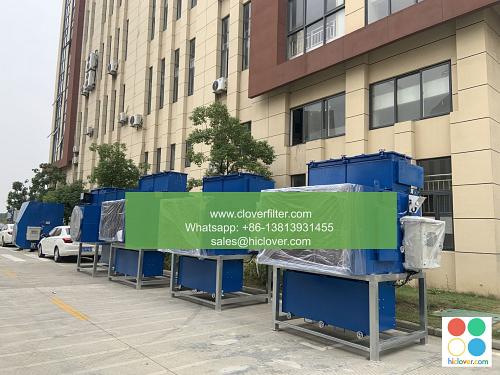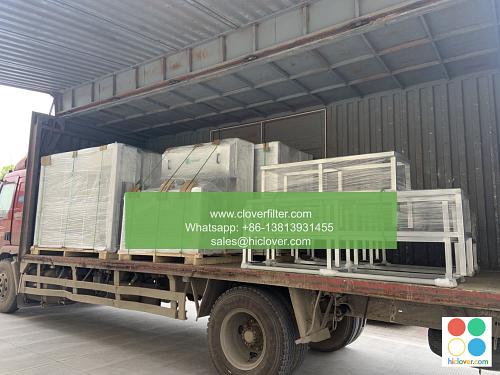The Science Behind Automatic Roll Air Filters: How They Enhance Research at Thunder Bay Medical Facility

The Thunder Bay Medical Facility, a leading institution in medical research, has recently implemented a cutting-edge technology to improve the quality of its indoor air: automatic roll air filters. These innovative filters have been designed to provide a higher level of air purification, enhancing the overall research environment and protecting the health of patients, staff, and visitors. In this article, we will delve into the science behind automatic roll air filters and explore their benefits in a medical research setting.
Traditional air filters have been used in medical facilities for decades, but they often fall short in terms of efficiency and effectiveness. They can become clogged with dust, pollen, and other airborne particles, reducing their ability to capture smaller, more harmful particles. Automatic roll air filters, on the other hand, use a unique design that allows for continuous filtering without the need for manual replacement or maintenance. This design consists of a rolling filter media that is automatically advanced as it becomes dirty, ensuring that the air passing through the filter remains clean and purified.
The science behind automatic roll air filters lies in their ability to capture a wide range of airborne particles, including dust, pollen, bacteria, and viruses. These filters use a combination of mechanical and electrostatic forces to attract and trap particles, preventing them from circulating in the air. The rolling filter media is designed to maximize the surface area of the filter, allowing for more efficient particle capture and removal. Additionally, the automatic advancement of the filter media ensures that the filter remains effective even as it becomes dirty, eliminating the need for manual replacement or maintenance.
The benefits of automatic roll air filters extend beyond the research environment, however. They also provide a cost-effective solution for maintaining good indoor air quality. Traditional air filters require frequent replacement, which can be time-consuming and expensive. Automatic roll air filters, on the other hand, can operate for extended periods without the need for manual maintenance, reducing labor costs and minimizing waste. This makes them an attractive option for medical facilities, where budget constraints and environmental sustainability are increasingly important considerations. In conclusion, the science behind automatic roll air filters has revolutionized the way medical facilities approach indoor air quality. By providing a higher level of air purification and reducing the risk of airborne contamination, these filters have enhanced the research environment at the Thunder Bay Medical Facility and created a healthier space for patients, staff, and visitors. As medical research continues to evolve and become more sophisticated, the importance of good indoor air quality will only continue to grow, making automatic roll air filters an essential component of any medical facility. The implementation of automatic roll air filters at the Thunder Bay Medical Facility has been a resounding success, providing a higher level of air purification and enhancing the research environment. As medical research continues to push the boundaries of human knowledge, the importance of good indoor air quality will only continue to grow. By investing in cutting-edge technologies like automatic roll air filters, medical facilities can create a healthier, more productive environment for researchers, patients, and staff. Q: How do automatic roll air filters work? A: Automatic roll air filters use a rolling filter media that is automatically advanced as it becomes dirty, ensuring that the air passing through the filter remains clean and purified. Q: What are the benefits of automatic roll air filters in a medical research setting? A: Automatic roll air filters provide a higher level of air purification, reducing the risk of airborne contamination and creating a healthier environment for researchers, patients, and staff. Q: Are automatic roll air filters cost-effective? A: Yes, automatic roll air filters can operate for extended periods without the need for manual maintenance, reducing labor costs and minimizing waste. Q: Can automatic roll air filters be used in other types of facilities? A: Yes, automatic roll air filters can be used in a variety of settings, including commercial buildings, schools, and residential homes, to improve indoor air quality and create a healthier environment.Conclusion
FAQs


